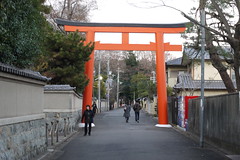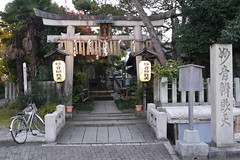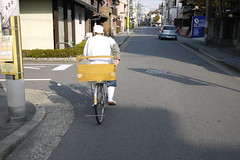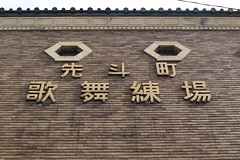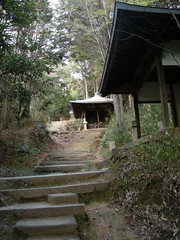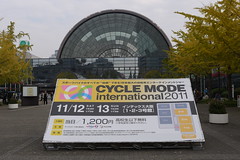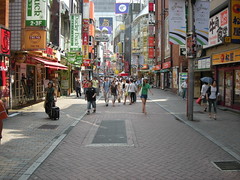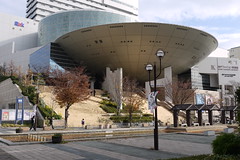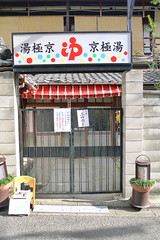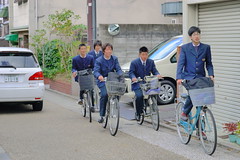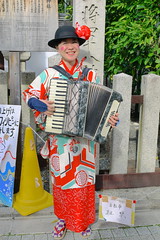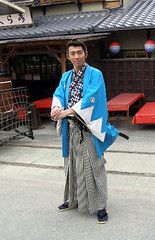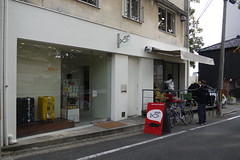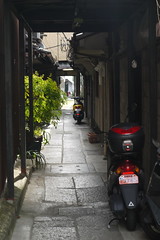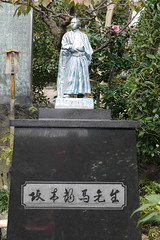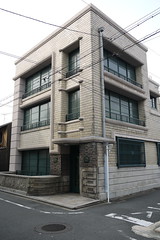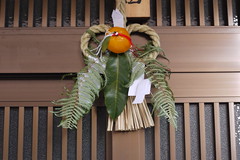 七五三飾り
七五三飾りAt the end of December, Japanese decoreat their front door with a "shime kazari."
This is a knitted rope made from rice straw with strips of folded white paper ("shide") that zigzag across the straw.
They are similar to shimenawa, which can be found at Shinto shrines. Their purpose to inform supplicants and other visitors that s/he is now entering a sacred space, and moreover to chase away the evil spirits. According to an old neighbor, the shimakezari serves the same purpose.
The decorations come in many sizes and price ranges. Most opt for a simple decoration, similar to the one pictured above.
And with that, CycleKyoto wishes all a happy, healthy, and sacred year of the dragon.
© CycleKyoto.com
Tags
Japan
Shimekazari
Kyoto
Cycle
New Year Decoration



